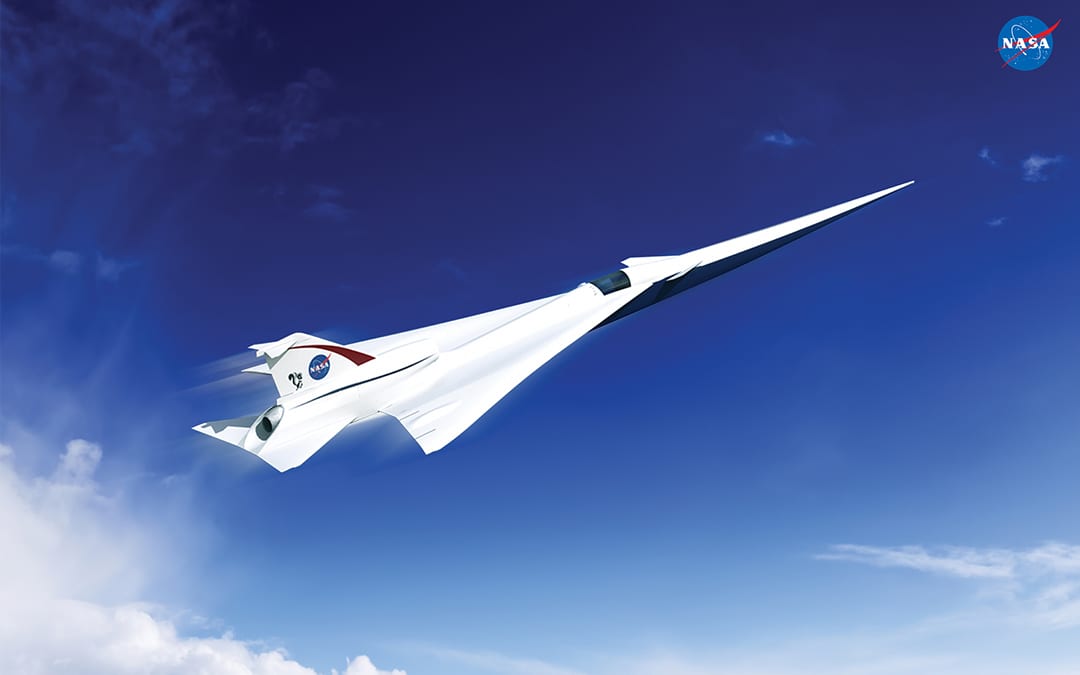Comeback Kid: The Next Sound-Barrier-Busting Passenger Jet Could Be Quietly Supersonic
March 11, 2016
The Concorde was the first and last supersonic jet in passenger service. But that claim comes with a caveat.
The plane could accelerate above the speed of sound only over the ocean. The prospect of noisy sonic booms caused by the plane crossing the sound barrier forced pilots to hold back the throttle above towns and cities after takeoff and before touchdown. “This speed limit actually made the plane much less efficient,” says Karl Wisniewski, director of advanced programs at GE Aviation. “It was designed to fly fast.”
The last Concorde landed in 2003, but NASA and a team of aerospace companies that includes Lockheed Martin and GE Aviation are not finished with supersonic passenger flight. They are developing a supersonic concept plane that could quietly break the sound barrier without setting off a sonic boom and rattling everyone on the ground.
The loud noise is the sound of shockwaves set off by an object traveling through air faster than the speed of sound. “We want to know whether there is a level of sonic boom that’s not bothersome to the population,” says Wisniewski. “We are looking for design features that would minimize the perceived noise on the ground.”
